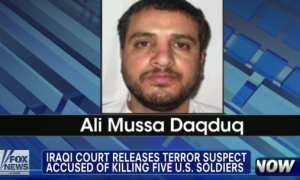“I didn’t know how to process it.”
“…everybody was running to one side of the store. Families were huddling together.”
“They were hysterical.”
On February 9, 2016, 68 year old David Brian Evans fatally shot a Harford County Sheriff’s Deputy inside a Panera Bread Company restaurant in Abingdon, Maryland. Another Sheriff’s Deputy along with the gunman were killed in a subsequent shoot-out.
The quotes above were from witnesses inside the restaurant at the time of the shooting.
During times of great stress, blood pressure can shoot from 70 beats per minute to over 200 beats per minute in less than one second. This leads to increased respiration and failure of visual, cognitive, and motor control systems. Under extreme life-threatening duress, the body prepares itself for “fight or flight” by sending blood to large muscle mass. This is good for running or charging an opponent (gross motor skills). It also results in the loss of fine and complex motor skills, cognitive reasoning, and diminished senses (tunnel vision, auditory exclusion).
Awareness and training can help overcome some of these physiological responses to danger. Active Shooter training incorporates “Run, Hide, Fight”. It is simple to remember and relies on gross motor skills. In an active shooter situation, your first priority should be to run – get out and get to a safe place. If running is not an option, then hide. As a last resort, fight.
Witness descriptions of the chaos inside that restaurant noted the fact the people could not process what was happening and worst of all, people instinctively huddled together in a corner.
It is an unfortunate fact of today’s world that you must continually be aware of your surroundings and know what is going on around you. There are four steps, known as the OODA Loop, that will increase your chances of surviving a life threatening event. The faster you complete these steps, the greater your chance of survival:
- Observe: See what is happening and know what is going on around you.
- Orientate: Filter that observation and recognize the threat.
- Decide: Decide on a course of action.
- Act: Act on that decision.

